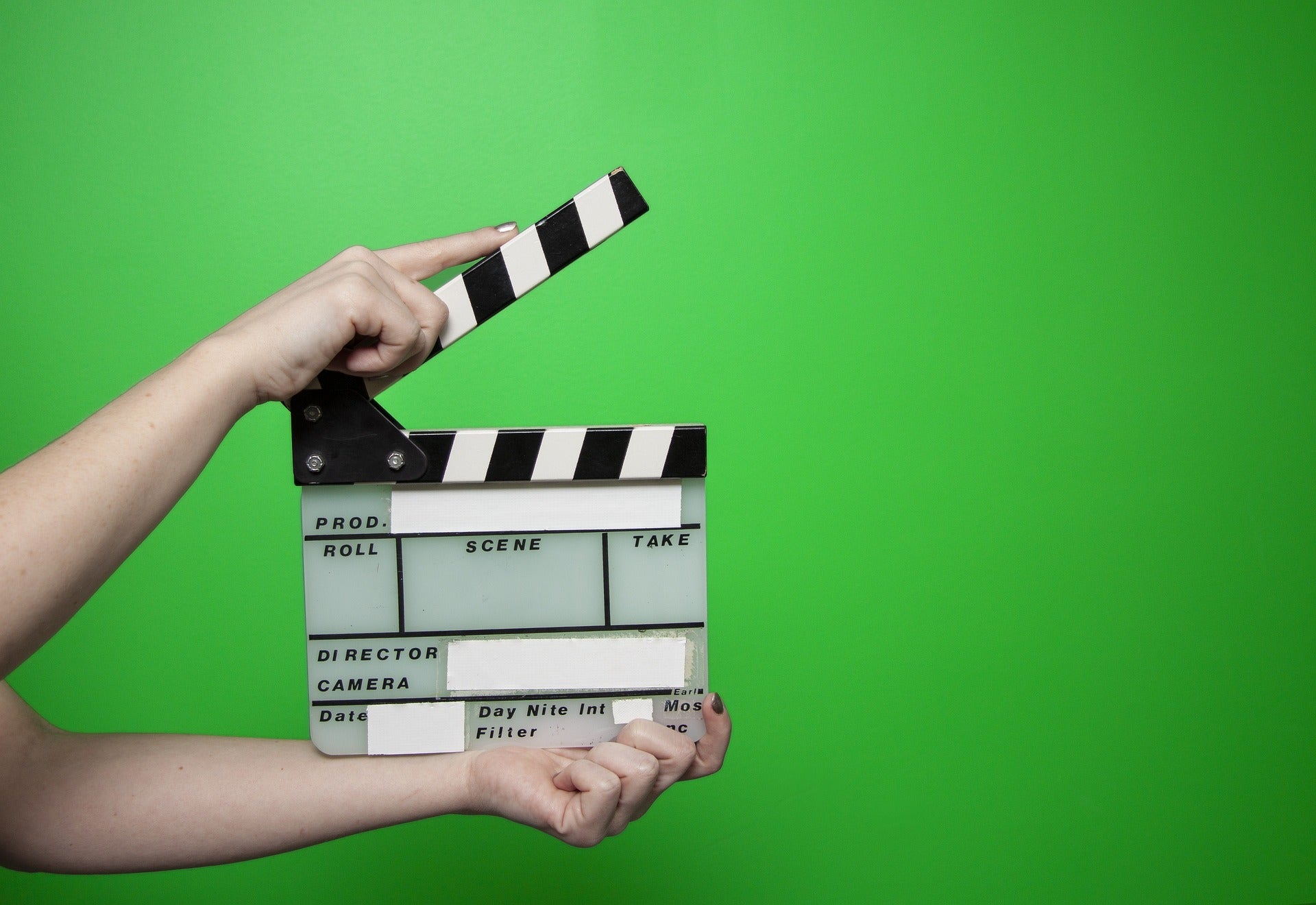History of the Chroma Key Green Screen
The green screen, also known as chroma key, is a visual effects technique that has been used in the film and television industry for decades. It allows filmmakers to superimpose one image or video over another by replacing a solid-colored background with another image or video. The green screen was first introduced in the 1940s, but its popularity took off in the 1980s with the advent of affordable computer graphics.
One of the earliest uses of the green screen was in the 1940s, when it was used to produce special effects in the film industry. During this time, bluescreens were also used, but green was found to be a better color for chroma keying as it was less likely to be present in the subject being filmed and was easier to key out in post-production. The first use of green screen in a feature film was in the 1950s when it was used in the film "The Ten Commandments."
In the 1980s, with the advent of affordable computer graphics, the green screen became more popular. This allowed filmmakers to create more complex and realistic special effects, as well as making it easier to superimpose one image over another. The green screen was used extensively in blockbuster films such as "Star Wars" and "Jurassic Park."
Today, the green screen is still widely used in the film and television industry and has become a staple in visual effects work. With the advancement of technology, it has become easier to produce high-quality chroma key effects, and the green screen can now be used in many different ways. From virtual backgrounds in video conferencing to special effects in video games, the green screen has become an important tool for filmmakers and visual effects artists.
The green screen has a rich history in the film and television industry, dating back to the 1940s. Over the years, it has become a vital tool for filmmakers and visual effects artists, allowing them to create more complex and realistic special effects. With the advancement of technology, the green screen continues to play a crucial role in the world of visual effects.
Below are some of the many uses of the green screen.
-
Film and Television: The green screen is widely used in the film and television industry for special effects. With the help of chroma keying, filmmakers can create a virtual background and superimpose it over live-action footage. This allows them to create anything from a simple change of scenery to a fully immersive world.
-
Video Conferencing: With the rise of remote work, video conferencing has become more important than ever. The green screen is used to provide virtual backgrounds during video calls, allowing people to appear in front of any background they choose. This is a useful tool for remote workers and can help to create a more professional look during online meetings.
-
Gaming: The green screen is also used in the gaming industry for special effects. Gamers can use the green screen to create immersive environments and interactive backgrounds, making the gaming experience more realistic and engaging.
-
Photography: The green screen is also used in photography. Photographers can use chroma keying to replace a green or blue background with any image they choose, creating a professional-looking background for their subjects. This is a useful tool for portrait photographers who want to create a custom background for their subjects.
-
Live Broadcasting: The green screen is used in live broadcasting to provide virtual backgrounds. This is useful for news and weather broadcasts, where presenters can appear in front of a map or weather chart without having to physically be in front of it.
-
Virtual Reality: The green screen is used in the creation of virtual reality experiences. This is done by capturing live-action footage in front of a green screen and then replacing the green background with a virtual environment. This creates a more immersive experience for the viewer and allows them to interact with a virtual world.

